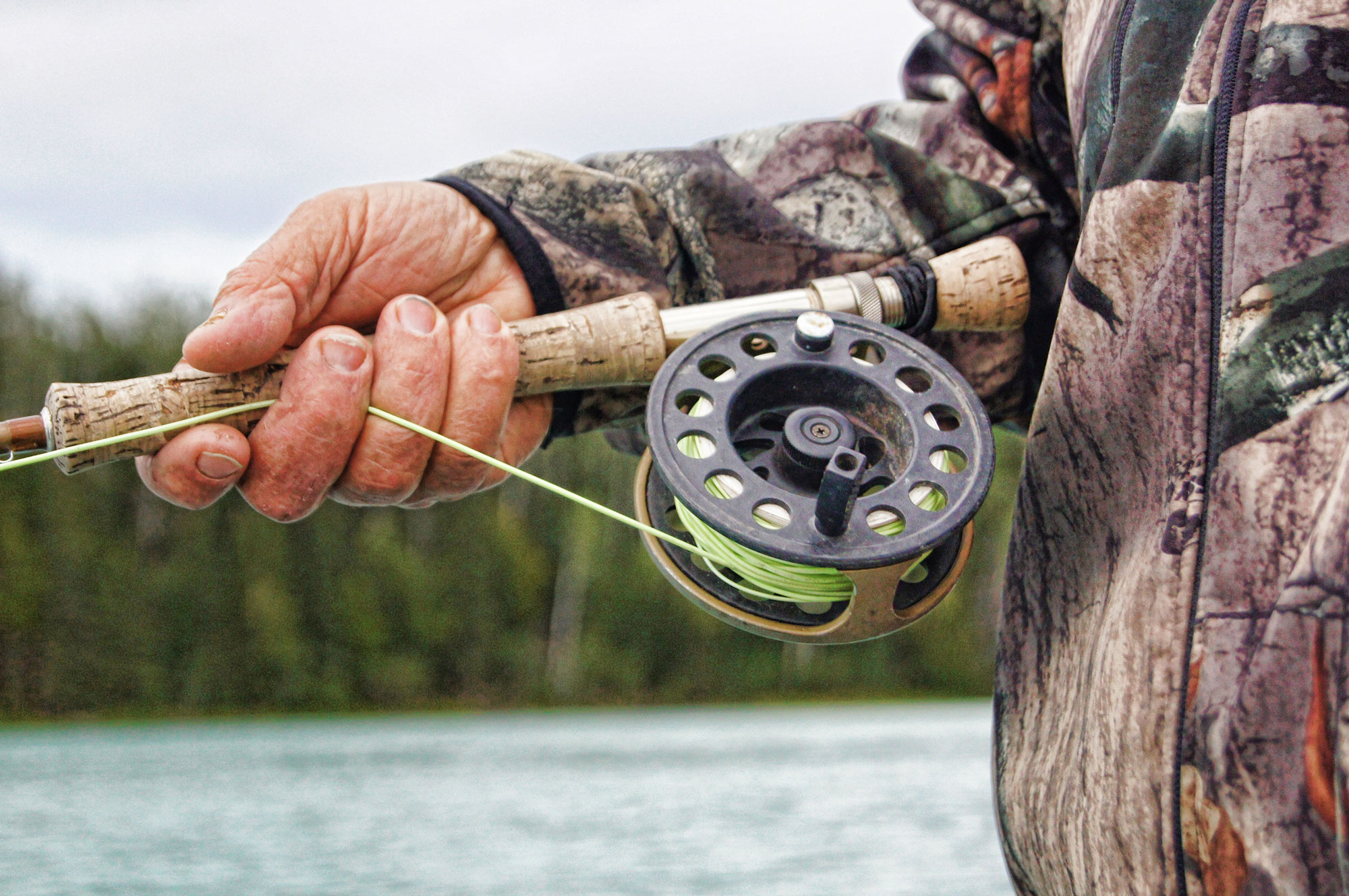Casting for steelies? Read these pro secrets to have a successful opener
Advertisement
Steelhead
Oncorhynchus mykiss
a.k.a sea-run rainbow, steelhead trout, steelie
Advertisement
To Aaron Shirley, stealth and early-season steelhead are synonymous. The 33-year-old guide from Burlington, Ontario, says many rivers are running low and clear by the time steelhead season opens, forcing anglers to make a stealthy approach and presentation if they want to be successful. He targets fast pockets of water and deep pools close to rivermouths.
“This is when I employ stealthy tactics, such as the long-forgotten bottom-bouncing method, with good success,” says Shirley, who guides anglers on Lake Erie, Lake Ontario and the Niagara River. And when the fishing gets tough, he uses a nine-foot rod and a spinning reel spooled with six-pound monofilament and three-pound Maxima Ultragreen leader.
At the business end, he fastens a splitshot (just big enough to “tick” along the bottom) two feet above the hook. To entice the fish, he uses a small egg sack, fly, single Exude or U-B Fishin’ rubber egg, or a yarn fly spiked with Dr. Juice scent. When conditions aren’t perfect, Shirley also likes drifting a two- to four-inch Storm or Exude pink worm. Or he’ll cast Blue Fox and Mepps spinners.
Advertisement
On the West Coast, steelhead guru Barry Thornton draws on 45 years of steelhead experience when offering advice on early-season fishing. “Steelhead fishing is easy, providing the steelheader hunts for his fish, never stays too long in one location, always casts to precise locations, fishes his terminal tackle on the bottom and remembers the power of these trophy trout,” says Thornton, who’s written several books on these silver beauties, including Steelhead: The Supreme Trophy Trout.
He suggests fishing lower reaches of rivers or streams—close to the ocean or the Great Lakes—and focusing on pools. In each pool, efforts should be concentrated in the tailout, followed by the main pool and head of the pool.
Advertisement
Although Thornton, 65, now fly-fishes exclusively (red, pink and black flies are best), he learned how to fish for steelhead using bait and lures; he recommends rubber latex worms, imitation eggs and silver spoons in the tailout.
A final word of caution: early-season steelhead are explosive, Thornton warns, and will do everything in their power to break off once hooked. So what do you do when you hook into them? “Let them run.”
Trout tip: Regulations
This can never be stressed enough: Carefully read over the rules of the game for the area you will be fishing, taking particular note of such things as season-opening dates, creel limits, slot sizes, bait restrictions and other special regulations and exceptions. Not only will this help you from running afoul of the law, it will also serve to protect the very fisheries the regs are designed to enhance.
You can find more information at your local wildlife office.

